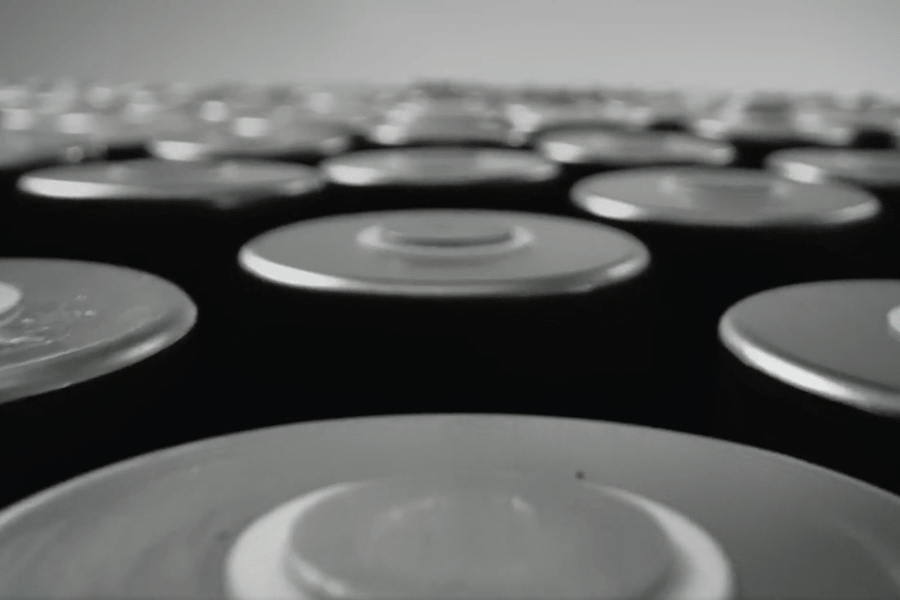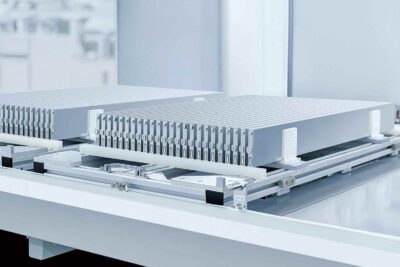Tesla wants to limit battery variety
During Tesla’s conference call in the context of the latest quarterly figures, there were some interesting hints about the future direction of battery cells: Statements by Elon Musk indicate that Tesla wants to rely on only two different battery types in the future.
Currently, Tesla uses several cell types. These are primarily round cells, in the 18650, 2170 and recently also 4680 format. However, there are still differences in the individual formats, for example, the Model 3 is available with round cells from Panasonic and those from LG Energy Solution – each with slightly different properties and chemistries (NCA for Panasonic and NMC for LGES).
In addition, there are the LFP cells from CATL for the standard range Model 3 from China, which are not round cells. In the meantime, this has meant that European buyers of a Model 3 Standard Range+ could either receive a vehicle from US production with round cells or one from China with the LFP batteries.
Elon Musk apparently wants to curb this diversity. According to his statements during the conference call earlier this week, Tesla is ideally only planning to use two battery types, but three formats are also possible. Musk has only two options in mind for the chemistry: “Only one nickel chemistry and one iron chemistry, so that we don’t have to worry about so many variants,” says the Tesla boss.
Musk outlines the ideal case with two formats and two chemistries as follows: Two-thirds of all Tesla vehicles will get an “iron chemistry” – i.e. LFP cells – and only one-third “for the demanding applications” will be planned with a nickel-heavy chemistry. Stationary storage such as the Powerwall for home users and the Megapacks for large stationary power storage are also to be converted to LFP cells – partly because of the availability of iron. Musk, on the other hand, sees the “much scarcer nickel” also in “long-distance road transport, ships and planes and things like that”.
The high-performance cells with nickel are to be integrated directly into the vehicles in the 4680 format presented in 2020. 4680 cells with LFP chemistry are not immediately planned, according to Musk – but are not explicitly ruled out either. “I see consolidation around a structural nickel-based 4680 package for long-range vehicles, and in addition not necessarily a 4680 format, but some other for iron-based cells,” he said.
This means that the 4680 cell, which was presented as the great hope for reducing battery costs when it was first unveiled, would not make up the bulk of Tesla’s future batteries, as many had expected. Because while Tesla has not yet got 4680 production fully up and running – for the Model Y from Grünheide, Musk confirmed a backup plan with 2170 cells in the conference, contrary to earlier statements – Tesla can already achieve major cost reductions with LFP cells – not for a Model S Plaid, but for vehicles with significantly higher volumes.
Incidentally, when the 4680 cell was unveiled, Musk had still envisaged three cell chemistries: LFP for the low-cost basic vehicles, NCM cells with a high manganese content for volume models and the nickel-heavy cells for the performance models. The manganese-rich cell chemistry thus seems to be displaced by the LFP cells.





1 Comment